Resist the temptation to burn anything in your fireplace but firewood — particularly garbage. You should never burn these 10 things indoors.
10 Things You Should Never Burn in Your Fireplace
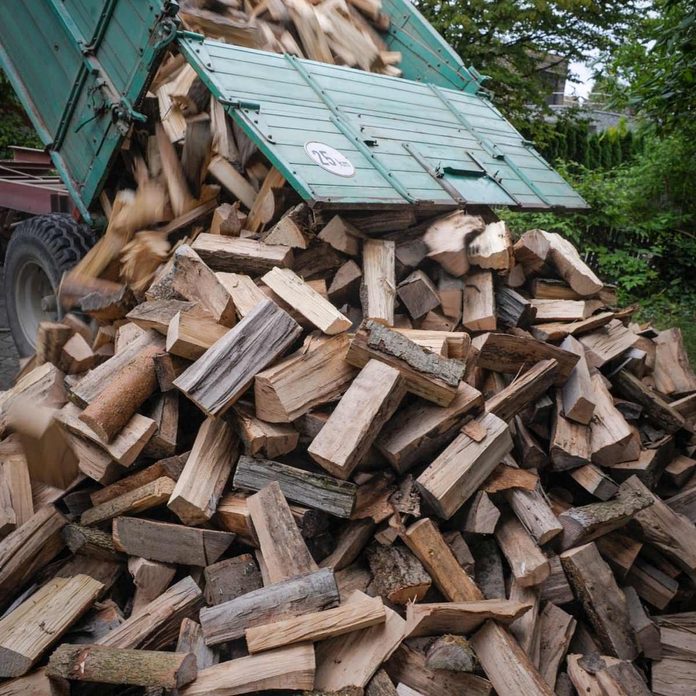
Wet Wood Damages a Fireplace
Burning high moisture-content wood in your fireplace produces more smoke than seasoned wood. This, in turn, can cause dangerous creosote to build up on the walls of your chimney. Burn only dry wood. Learn how often you should remove creosote in your chimney.
Wood-burning fireplaces are cozy, but they can be dangerous. Here are a few tips from experts for the safety of indoor fireplaces. Find out if wood-burning fireplaces are illegal.
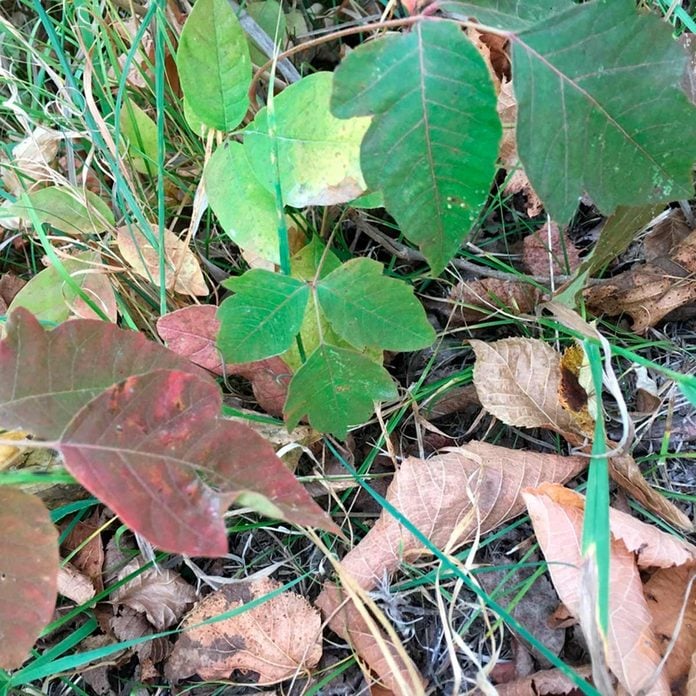
Some Plants
It may be tempting to throw dried up plants in the fireplace: They are kind of like firewood, right? Well, the smoke from some plants, such as poison ivy, poison sumac and poison oak can cause an allergic reaction when burned and inhaled. Leave all plant matter outside. These 12 invasive plants may be dangerous.
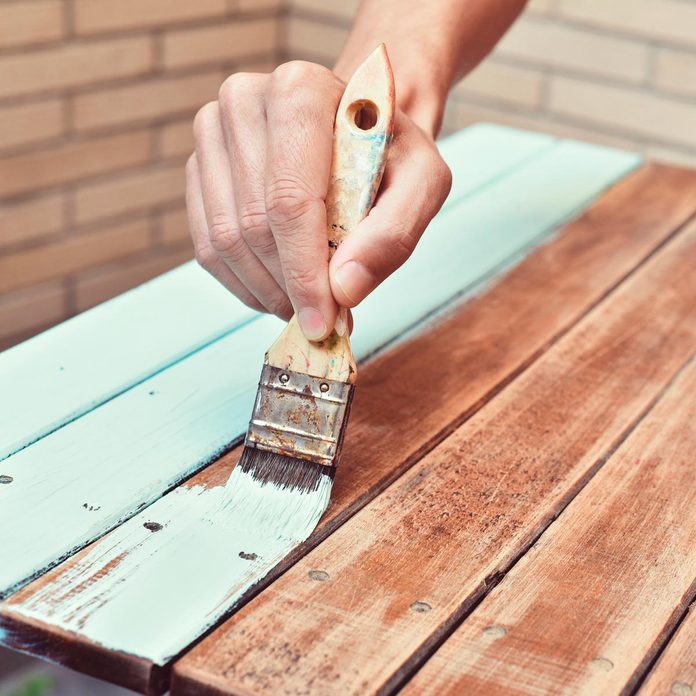
Painted or Treated Wood
Because burning painted and treated wood can release dangerous, toxic chemicals into your home, keep them out of your fireplace. Not only can these chemicals irritate lungs, eyes and skin, but they can damage the inside of your fireplace. Try these foolproof ways to start a cozy fire.
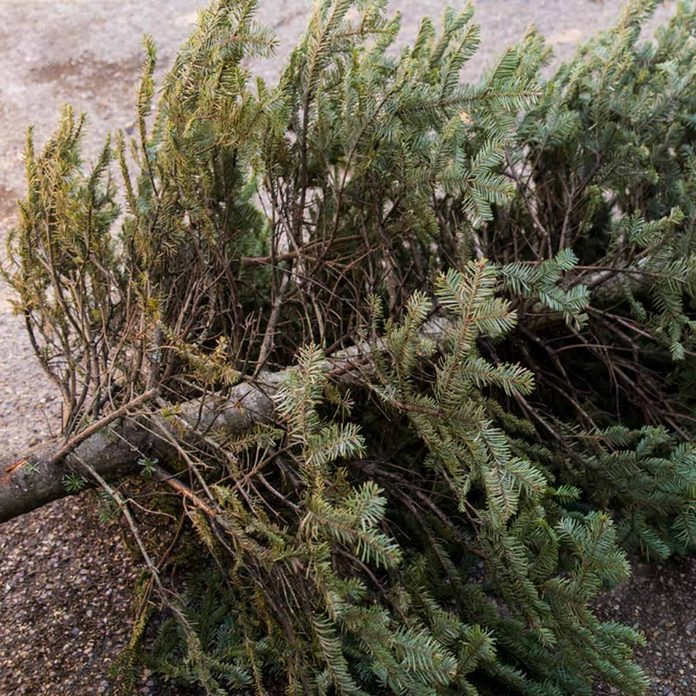
Christmas Trees
It seems logical that you could get rid of your old Christmas tree in the fireplace, but it’s best to dispose of it by other means to avoid any Christmas tree fires. Not only is the wood not properly seasoned, evergreen trees often contain high levels of quick-burning resin which can reach high temperatures and result in a chimney fire or even crack your chimney.
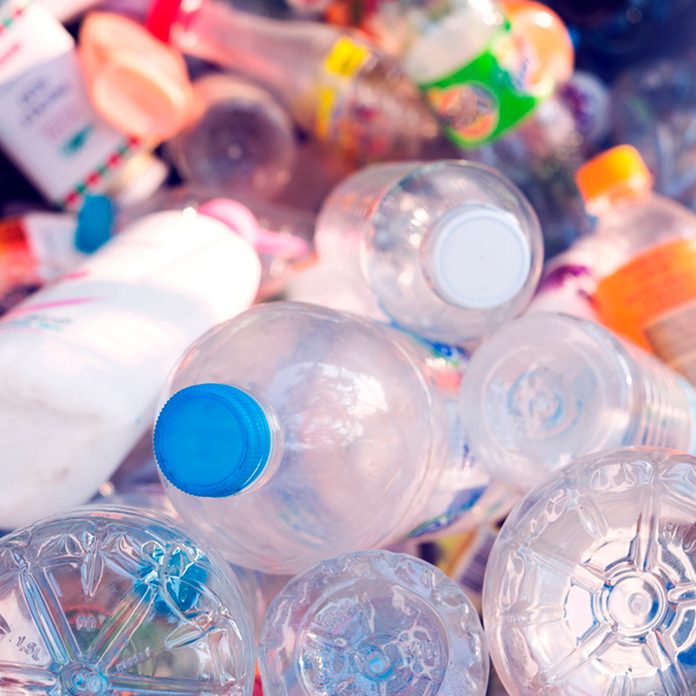
Plastic
It doesn’t matter what type of plastic you have—plastic bags, bubble wrap, plastic bottles or cartons—never throw it in the fireplace. When burned, plastic releases harmful chemicals that can be dangerous for your health.
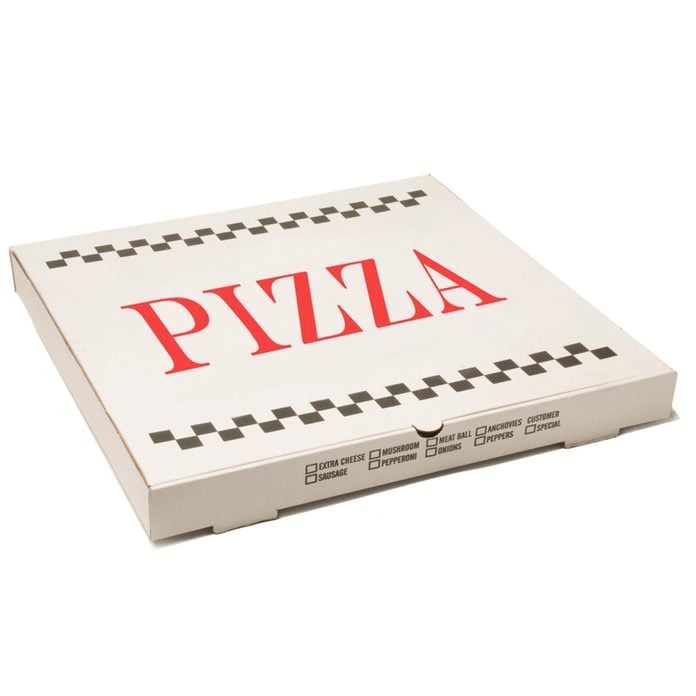
Some Papers and Cardboard
It may be tempting to toss old papers, wrapping paper or that cardboard pizza box in the fireplace, but you should dispose of paper and cardboard with colored print another way. The brightly colored inks may release toxic gasses when burned. Have a non-functioning fireplace? Check out these 12 clever ideas for how to use the space.
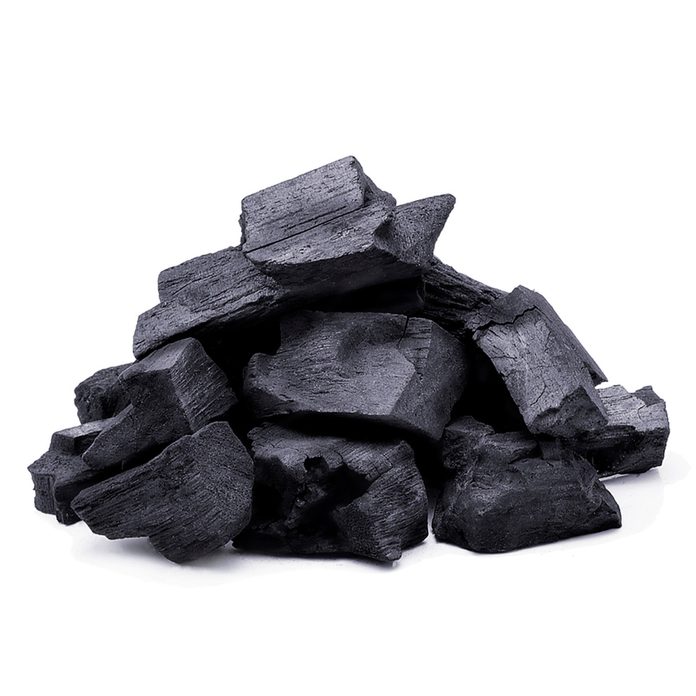
Charcoal Products
While you may use charcoal products in your barbecue grill, keep them outdoors. When you burn charcoal, it releases carbon monoxide into the air, and that’s the last thing you want inside your home. When should you replace a carbon monoxide detector? Follow this guide.
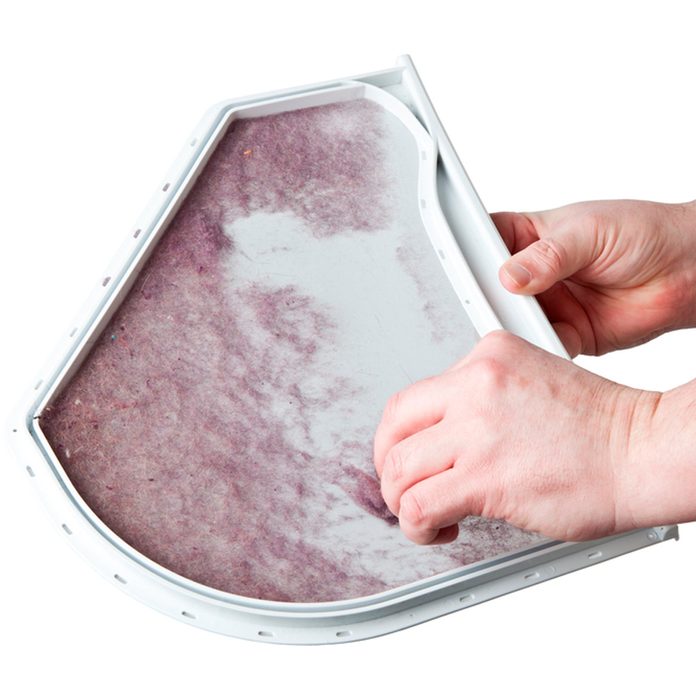
Dryer Lint
While dryer lint may work as a great fire starter when you’re on a camping trip, keep it out of your fireplace. The synthetic fibers in dryer lint can release dangerous chemical fumes into your home and chimney.Choose a healthier way to ignite your fire. Clean lint from your dryer with these quick tips.
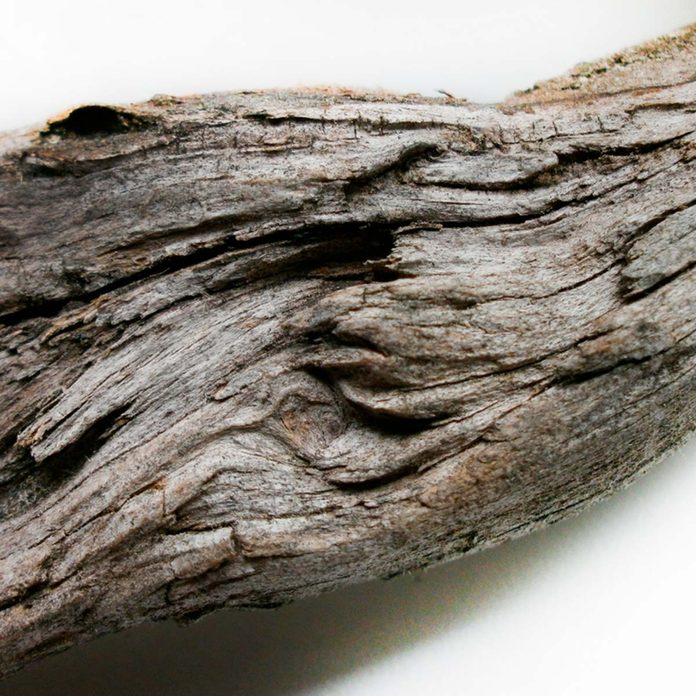
Driftwood
That large piece of driftwood you found on the coast may seem like a good choice for firewood, but it can potentially release salt and thus corrode your fireplace and chimney. Leave driftwood to its best use: a decoration. When buying firewood for the season, follow these helpful tips.
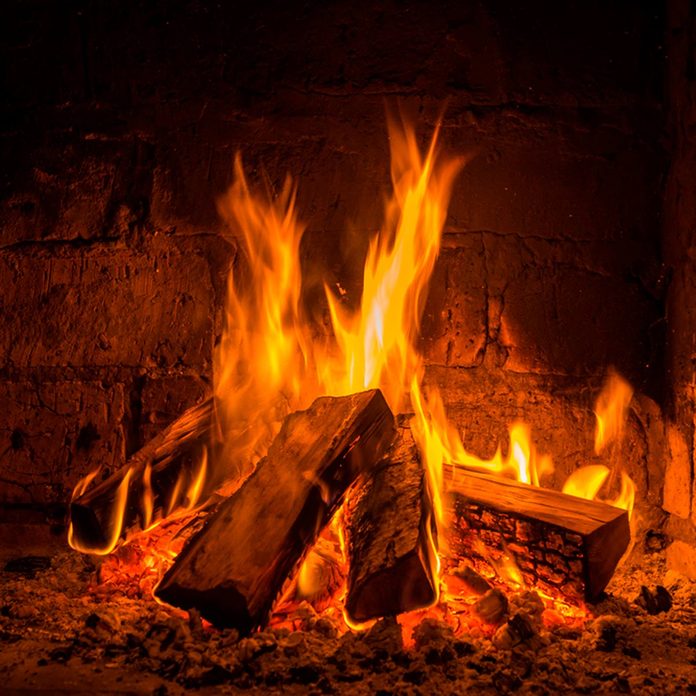
Fire Accelerants
Never use fire accelerants such as gasoline, grill starter fluid or kerosene to start a fire. These highly flammable liquids can cause a fire that quickly becomes too hot for your fireplace and chimney, putting the integrity of your chimney and your home at risk. It’s best to keep these accelerants out of your home. Prevent home fires with these tips.




















